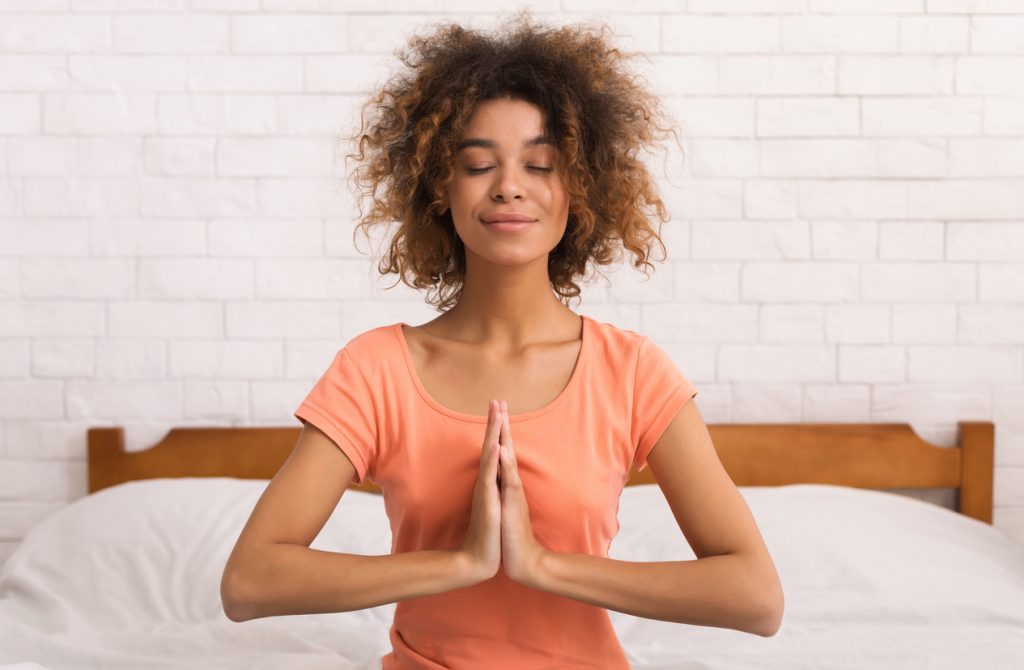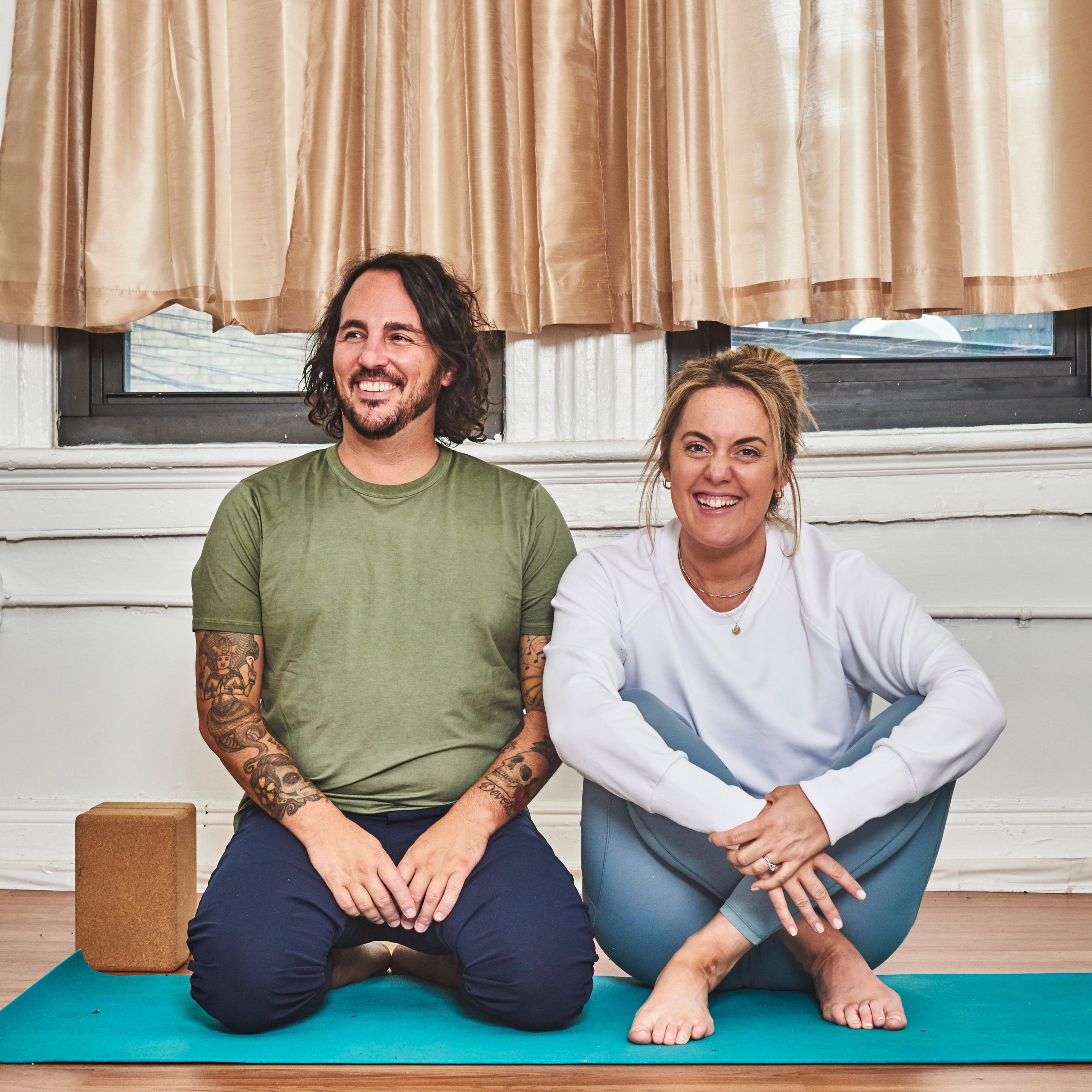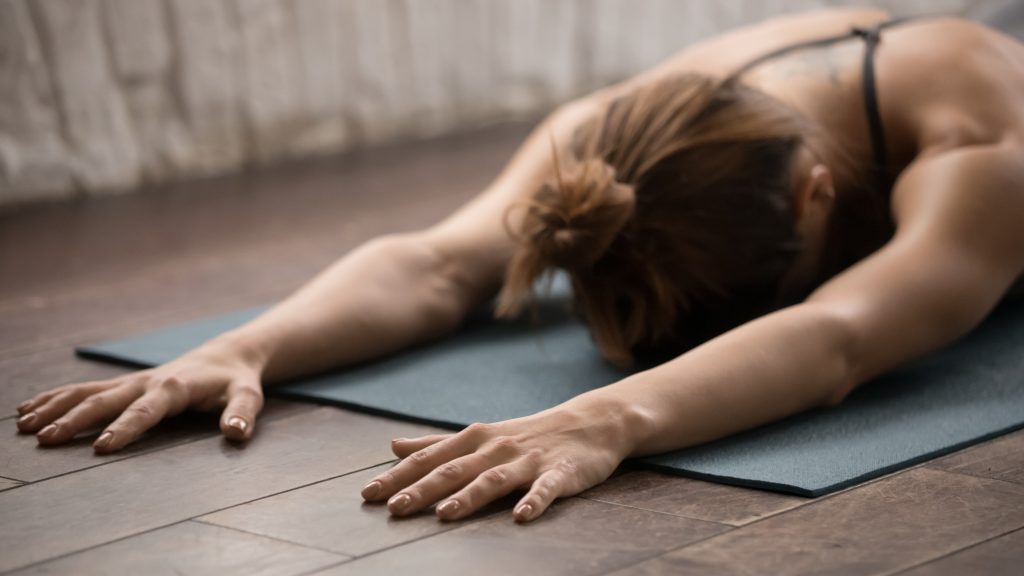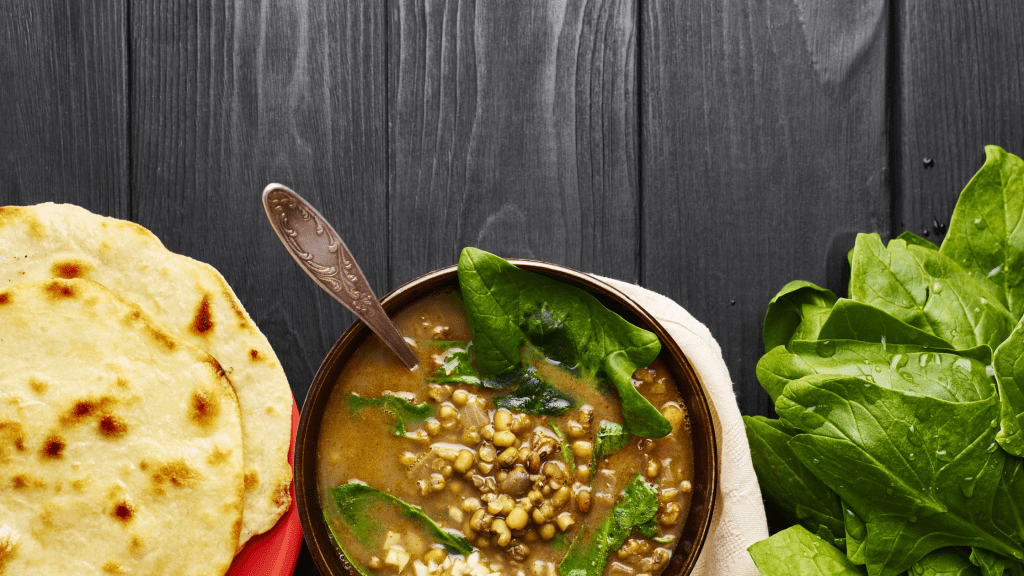
Yogis, as well as many others, believe in the connection between mind, body, and spirit. The three exist as a union, and when one is out of balance, the others struggle as well. In essence, what happens to the mind also happens to the body and spirit, and vice versa. So, if something is bothering you spiritually, emotionally, or mentally, there is a good chance it will show up in your physical body. But, as you work deeply into your body through a yoga practice, emotional issues can be released.
The Body-Mind Connection
The yogic view is that we hold emotions and misplaced thoughts within our bodies, and they keep us from reaching ‘samadhi’, which is considered “conscious enlightenment.” Asanas offer one way to find the path to this blissful state, as they work by focusing our minds and releasing any emotional or tension in our bodies.
Unfortunately, western medicine has been slower to accept this idea of the mind and body connection. But more and more new research is presented that shows how mental and emotional conditions can affect the physical body, and that the mind-body connection is indeed very real.
Have You Ever Experienced?:
- Butterflies in your stomach before a big meeting?
- Sweating more than normal when you’re nervous?
- An upset stomach or indigestion after a stressful time?
These are examples of the body reacting to something that’s primarily happening in our mind. Many people with chronic anxiety will report having experienced different physical symptoms such as stomach aches, headache, dizziness, feeling faint, a tight chest, and more. In many instances, nothing is physical wrong, but instead the mental anxiety has a deep connection to how the body functions.
Leaning Into The Issues
Ana Forrest, founder of the Forrest Yoga Circle studio in Santa Monica, California, is an experienced yoga teacher who has dealt with her own breakthroughs both on and off the mat. Her intention as a teacher is to push her students toward their own emotional blockages. “It’s not that I push with my hands,” Forrest explains. “But when I work with people, I really ask them to go deep, and I educate them along the way. I tell them, ‘You’re going to hit what’s stored in there. Let it come up and be cleansed out of your cell tissue. It’s a gift of the yoga.’”
For example, if a student tells Forrest she’s just been through a breakup or is dealing with a heartache, Forrest says, “Challenge yourself to make every pose about moving energy into your heart.”
Yin Yoga For The Ultimate Release
Yin yoga is a style of yoga that evolved from the Taoist yoga lineage. There are 26 poses and you may only do a handful of them in a class since each pose is held for anywhere between two and seven minutes, on average. Each pose focuses on ‘cleaning out’ the different meridians, which are the same energy channels used in traditional Chinese medicine and acupuncture.
Yin is about disengaging. It is commonly mistaken for restorative yoga but it’s not actually the same. Yin is composed of tension and compression as well as rebounds that create a cleansing of the fascia and connective tissues.
This releasing action that yin creates can bring up all kinds of emotions. Many students find that the most ‘triggering’ poses are those that work on releasing connective tissue around the hips.
Think of your body like a car, with your hips being the trunk where you store all your emotional baggage. The hips have six of the 12 meridians running through them. So anything you do around your hips is touching on six major organs, six meridians. Basically a full range of emotions.
Join our mailing list for incredible weekly content!
[convertkit form=5652366]




 The yin practice sets us up to tap into a
The yin practice sets us up to tap into a  Our body’s tissues can experience a revival of sorts with a long soak the same way that an old, stiff sponge can. As you hold a yin pose, the slow release that takes you deeper into the pose is the tissues lengthening, hydrating, and becoming more pliable. Many times you even can sense the tissues being stretched, squeezed, twisted, and compressed if you really focus your attention on the physical body. A yin practice has the potential to leave you feeling as though you’ve had a massage.
Our body’s tissues can experience a revival of sorts with a long soak the same way that an old, stiff sponge can. As you hold a yin pose, the slow release that takes you deeper into the pose is the tissues lengthening, hydrating, and becoming more pliable. Many times you even can sense the tissues being stretched, squeezed, twisted, and compressed if you really focus your attention on the physical body. A yin practice has the potential to leave you feeling as though you’ve had a massage.

 The ancient Chinese concept of yin and yang relates to the idea that within two opposing forces, there is balance. Certain styles of exercise can be categorized as either yin or yang according to their qualities. Workouts such as running, HIIT, and heat building yoga classes are considered yang because they are active, sweat-inducing, dynamic, and repetitive. The principles of yang relate to masculinity, heat, and movement. Yin is the feminine force and is related to stillness, rest, balance, cooling, and release. Exercises that are based in stretching and relaxation are yin in nature. If yang-style workouts are overused without the balance of yin, there is the potential for the body to become overworked, injured, or fatigued. Bringing yin yoga to your movement routine will help with improved flexibility and relaxation.
The ancient Chinese concept of yin and yang relates to the idea that within two opposing forces, there is balance. Certain styles of exercise can be categorized as either yin or yang according to their qualities. Workouts such as running, HIIT, and heat building yoga classes are considered yang because they are active, sweat-inducing, dynamic, and repetitive. The principles of yang relate to masculinity, heat, and movement. Yin is the feminine force and is related to stillness, rest, balance, cooling, and release. Exercises that are based in stretching and relaxation are yin in nature. If yang-style workouts are overused without the balance of yin, there is the potential for the body to become overworked, injured, or fatigued. Bringing yin yoga to your movement routine will help with improved flexibility and relaxation.

 Stress management isn’t a luxury. It’s part of our inherent and very necessary survival skill sets as human beings. We have no choice but to adapt in many situations, including the one we’re in right now. There are countless avenues to alleviating stress and anxiety, and not all of them are healthy. If we don’t take a conscious effort to explore and identify healthy relief that works for us, we’re likely to reach for vices that provide temporary but dangerous and harmful results. Smoking, drinking, or spending hours bingeing on Netflix are all very common “stress relievers” that don’t do us any favors in the long run—or even in the short run.
Stress management isn’t a luxury. It’s part of our inherent and very necessary survival skill sets as human beings. We have no choice but to adapt in many situations, including the one we’re in right now. There are countless avenues to alleviating stress and anxiety, and not all of them are healthy. If we don’t take a conscious effort to explore and identify healthy relief that works for us, we’re likely to reach for vices that provide temporary but dangerous and harmful results. Smoking, drinking, or spending hours bingeing on Netflix are all very common “stress relievers” that don’t do us any favors in the long run—or even in the short run. One of the pillars of meditation is concentrating on living in the present. It’s extremely difficult to do, so simply trying not to get flustered is a big part of the practice. My personal meditation practice usually follows my yoga practice or takes place first thing in the morning. I’ve tried out several types of meditation in my life, and I’ve found that candle meditation (staring at the base or tip of a flame in the dark) and mala beads work best for me.
One of the pillars of meditation is concentrating on living in the present. It’s extremely difficult to do, so simply trying not to get flustered is a big part of the practice. My personal meditation practice usually follows my yoga practice or takes place first thing in the morning. I’ve tried out several types of meditation in my life, and I’ve found that candle meditation (staring at the base or tip of a flame in the dark) and mala beads work best for me.








